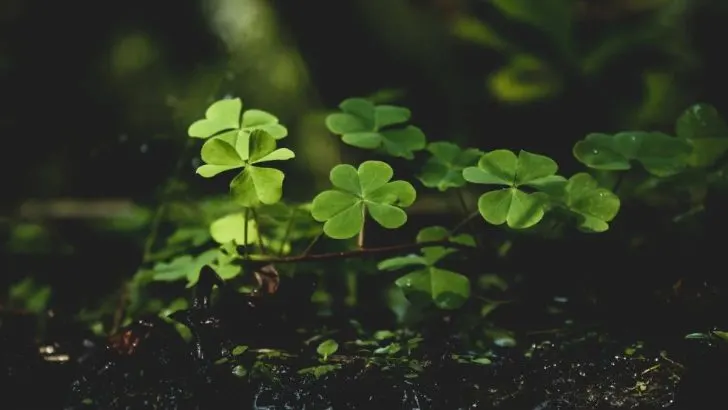Light stress plants when subjected, isn’t really ideal for your plants. Especially if you just started growing indoor plants. One of the most famous plants that often get this problem is the cannabis plant.
Plants such as cannabis plants (marijuana plants) easily get a cannabis light burn since their leaves are very very sensitive. Under the wrong led light, plants will easily get yellow leaves and so-called light bleaching.
Sometimes, in fact, no matter what plant we’re talking about, you just won’t know how much light to provide your indoor plants with.
Is there excess light, or too much light, what to do? In order to learn what is considered high-intensity light and what is adequate light, stay with us.
Below we will discuss high light intensity, how to prevent a light burn, why leaves turn yellow, and how to avoid light burn.
What Are Light Stress Plants?
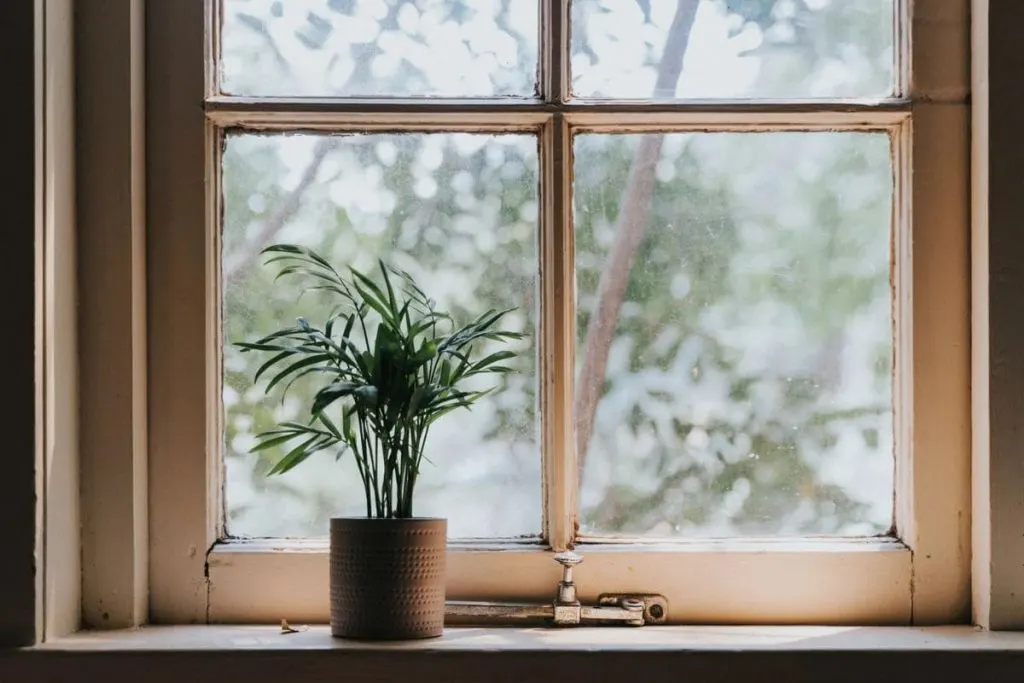
Light stress is what happens when your plants don’t get adequate lighting. Light energy can often damage the photosynthetic apparatus in plants’ leaves and that causes other issues.
When light stress appears, usually the entire plant is endangered. But if your indoor plants need light, artificial light is the only way that your plants can get carbon dioxide.
Of course, we all know how important is that. Before you learn how to prevent a light burn, we will talk about potential reasons/causes of light burning.
Ever thought about hidden bulbs, light distance, lux or par meter, excess heat, or light hitting directly on your plant?
If you haven’t thought about these things before, now it’s time. Plants subjected to this problem may eventually die and we don’t want that to happen.
And of course, if you just heard of them for the first time, we will talk more about them below. By the end of the article, you’ll be a true master of the light stress on plants.
Can Plants Recover From A Light Stress?
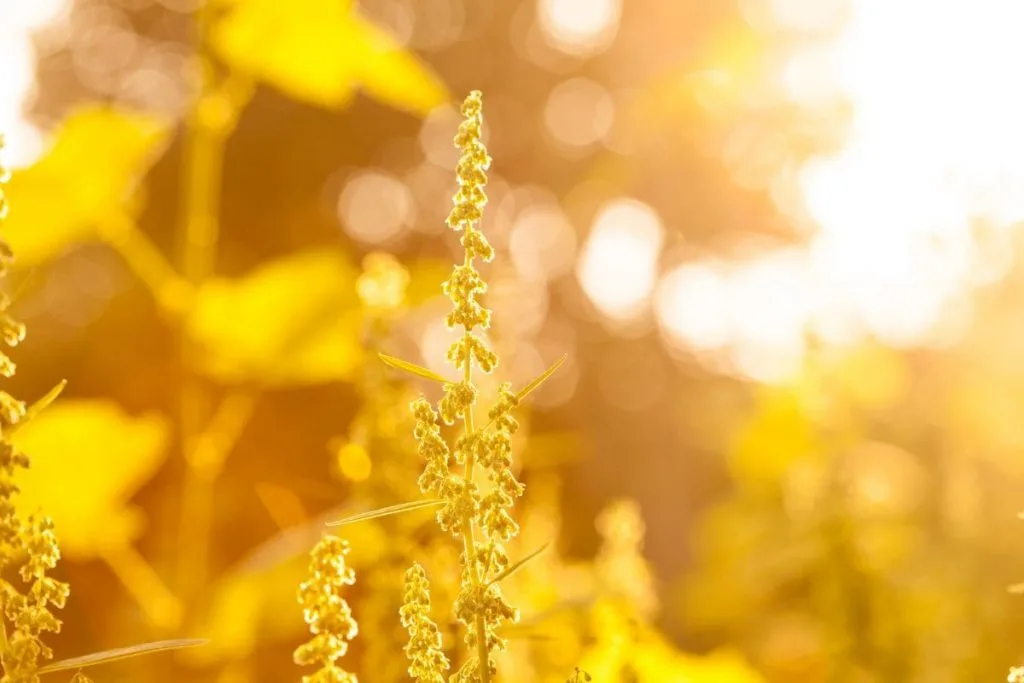
If the light was too close to the plant’s canopy, it may be a chance that the plants won’t recover so soon.
For some plants, once you remove the light stress that they light’s causing, they will need a couple of days to recover.
Your plants will go through different stages at this point. You’ll see their slow vegetative phase, especially if you’re growing cannabis. They will need enough energy to recover but still not too much since the light already causes issues for them.
In this period, more heat isn’t recommendable for the plants either. An essential role in this period is light. Make sure it’s as twice as less as it was. That makes the perfect amount for your plant to survive and not die of course.
As we said above, if you grow cannabis, for example, this plant will definitely take longer to recover.
Much longer than the regular plants. Prepare yourself to be patient with your plant and watch over that light setup.
How Do I Know If My Plant Is Getting Too Much Light?
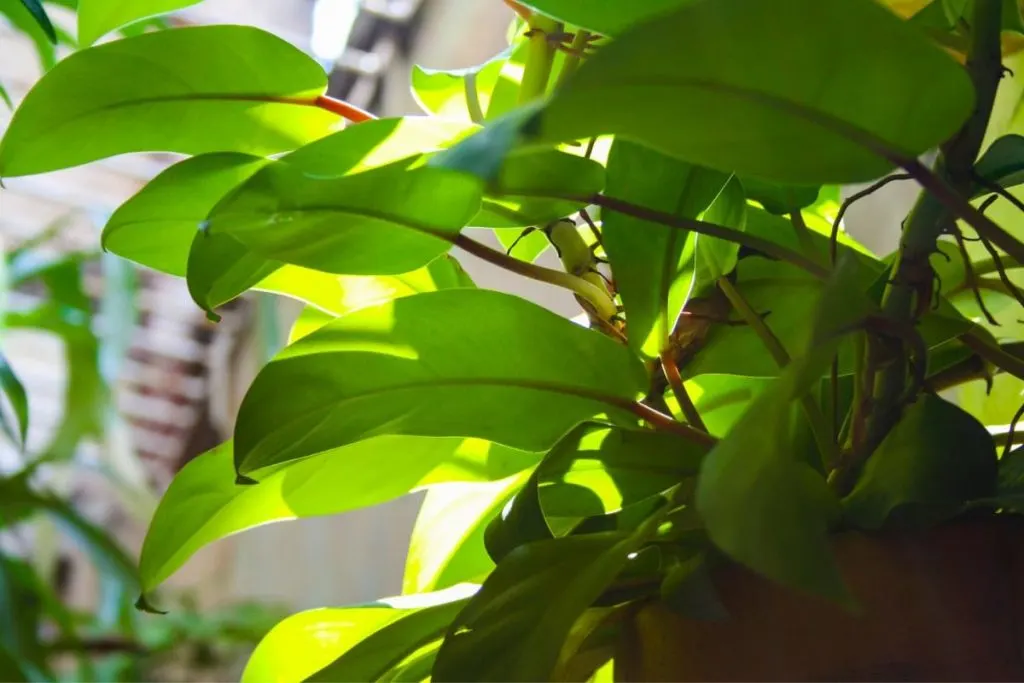
Don’t worry about this at all. The plant will give you signs very quickly that it is getting a lot of light.
They will have strange appearances, mostly droopy appearance, yellow leaves, mostly yellow tips, or yellow or brown spots.
When you see these signs in plants, it’s time to check your light. Is the plant getting too much light? Probably. But let’s clarify these things in more detail.
What Happens To Plants That Get Too Much Light? How To Recognize It
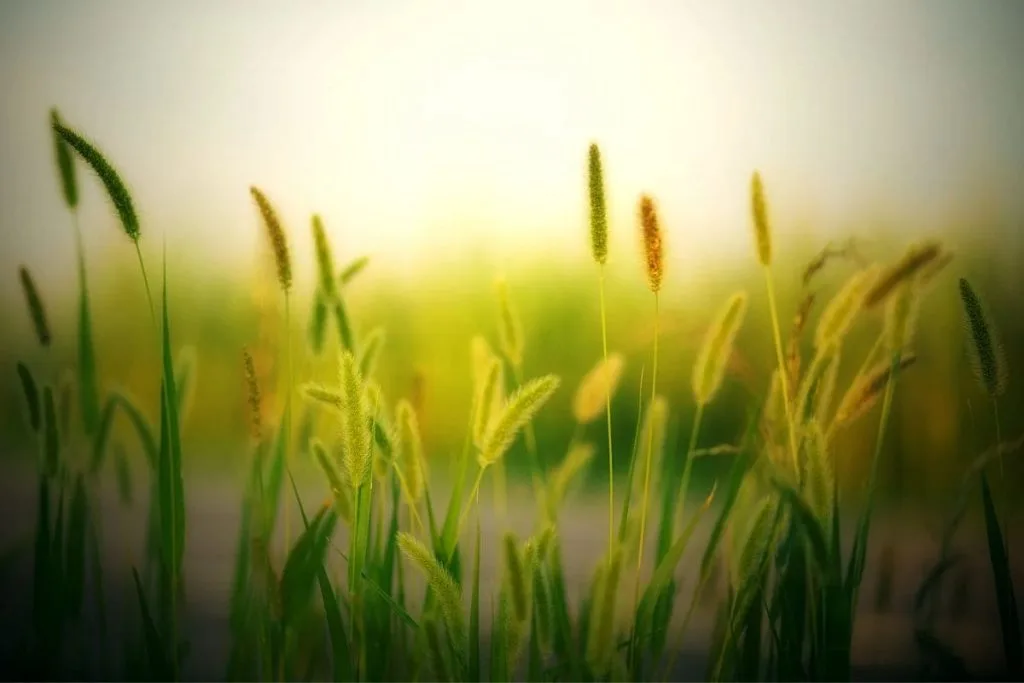
Some plants may die from this problem, but some will recover very quickly. Some will take weeks to recover.
Everything depends on the condition caused by the excess or lack of light. If the spots on the leaves are too strong or the leaves are too withered, then the plant will have no chance of recovery.
- Light BurnBurned leaves are usually pale yellow or brown. Usually, the burned part will be at the end of the leaves. They look very dry and pale yellow and if you don’t cut the endings off soon enough, they will become an epidemic for your entire plant. At that phase, all leaves will just fall off.
- High Light StressWhat the plant experiences when there is not enough light is not always just the drying of the leaves. Sometimes it is a droopy appearance of the plant, and very often a change in the soil of the plant. Sometimes the soil will get rot or pests will settle in that love such conditions. Inspect the plant carefully when you water it.
- Is It Only Nitrogen Deficiency? Do not react immediately to the first thought. Maybe it’s not the light that’s in question, your plant will often have a deficiency or an excess of minerals or nutrients. Sometimes nitrogen is all that your plant lacks or what you have used too much of. Remember the last time you fertilized your plant.
How To Fix The Light Stress Issue?
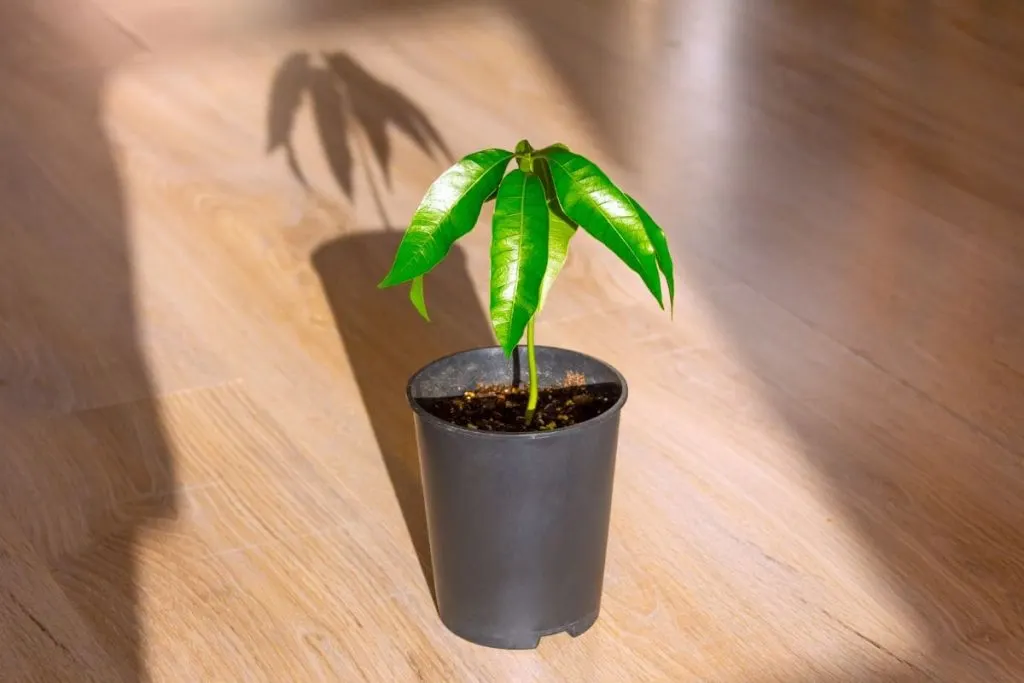
There are several ways you can fix the light stress problem. Or possibly not allow this problem to happen at all. Let’s take a look at the solutions below.
1. Watch Out For The Light Intensity
When your indoor plants grow under artificial light, then the plants will definitely need a certain intensity of light. Not every houseplant needs the same amount of light.
Plants that generally need less light will grow well under yellow LED lighting, even red, while those with more light needs will grow better under white LED lamps.
Make sure you pay attention to the intensity of the light, the plants may bloom more slowly or not at all.
2. Choose The Right Led Grow Light
This builds on the paragraph of text above. Not every ice color suits every plant. Before you buy a light for your plant, ask the florist which light is best for your plant.
And of course, be sure to read about the benefits of certain lights. In this way, you will be 100% sure of the success of colored LED lights.
3. Avoid Led Grow Lights At A Flowering Stage
This does not apply to all plants. Some plants simply cannot be helped by false light to bloom. In such moments, it might still be better to take them out on the terrace on those days. When they bloom, you can put them back inside under LED lighting.
4. Is It Maybe A Low Light Stress?
If you think your plant has problems with light and you notice all the signs, maybe it’s not too much light. Sometimes a lack of light can show the same symptoms. Brown or yellow spots, yellow ends, droopy appearance, etc. Increase the light intensity if it is artificial light.
Maybe it is a question of sunlight, then allocate your plant to another place. After a few days, you will see if the plant is doing better and how the new settings suit it.
5. Plant Needs Time To Adjust To The Plant’s Environment
Once you moved the plant from outside to inside, it may experience light stress. This applies especially to plants that receive a lot of light outside.
If you brought them into an apartment with little light and now they are under artificial light, oh well, maybe that’s the problem. The whole new environment combined with the new light will be a huge stress for your plant.
6. Watch Out For The Light In A Seedling Stage
When in the last phase of flowering, that is, at the end of flowering, the plant begins to produce seeds, then you should pay attention to the light.
It is best to avoid bright LED artificial lights and never hold the lamp too close to the leaves and flowers at this stage.
Final Thoughts
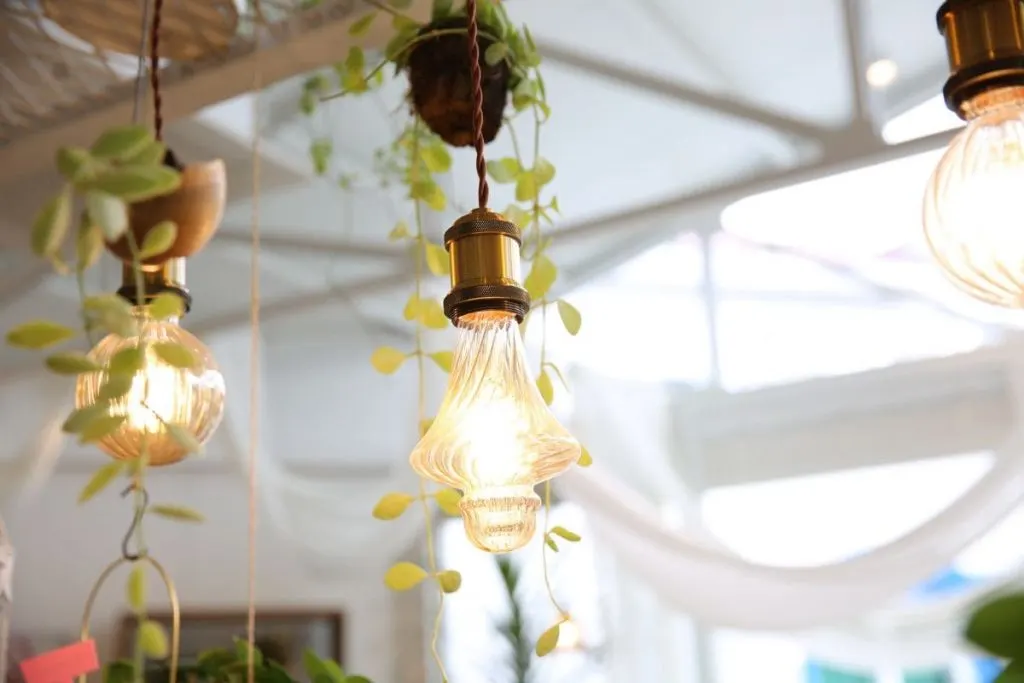
Plant health is very often disturbed by light-stress plants. This problem can cause nutrient deficiency, plants may stop producing chlorophyll, and so on.
The light source is very important. We learned above that direct sunlight can cause light-burned plant leaves.
But less light can cause light stress too. More light doesn’t always mean that your plant will have a light issue. Sometimes it’s the lack of light as well.
If you spot some nutrient deficiencies and brown spotting on your plants during their active plants grow, think twice.
When plants are growing indoors, you will simply have to take some preventative measures. Most growers pay attention to photosynthetic activity and in some extreme cases, they’re moving plants around.
In order to avoid that, buy adjustable led lights for the plants so that the plants can conduct photosynthesis.
Forget about leaves turning yellow and growing outdoors your plants. A bit of attention and a bit of reading is all you need to make your indoor plants grow.

